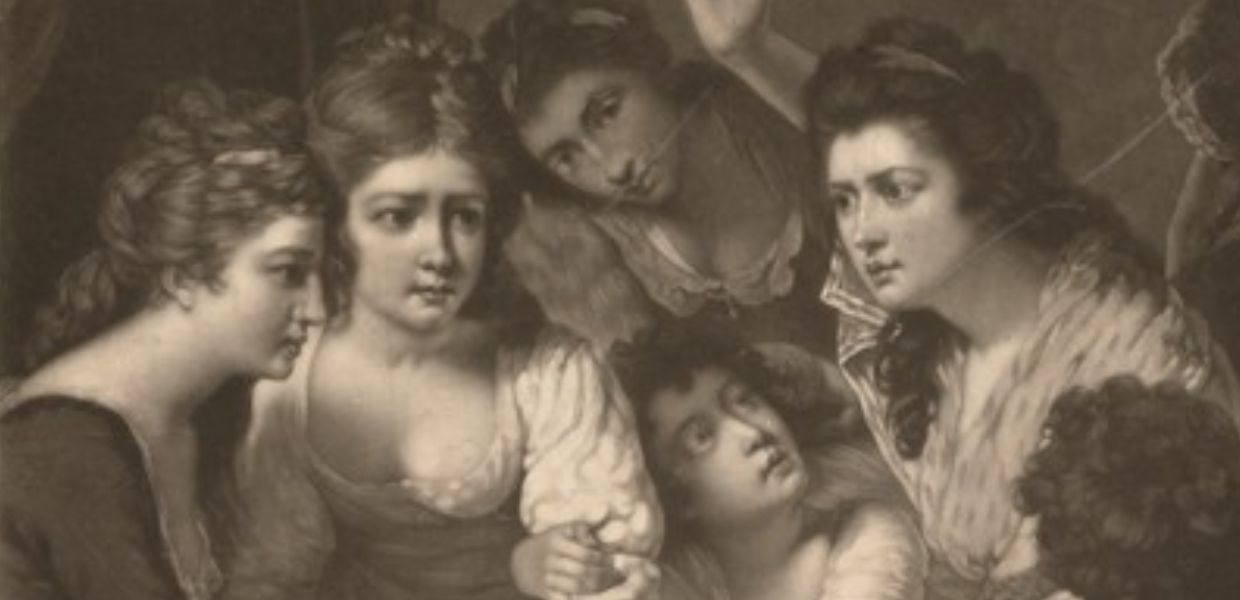The answer may vary depending on who you talk to, since it’s a narrative form that’s been adopted by everyone from individuals to cultural organisations to brands to government institutions — who all look at it from different perspectives and use it in so many different ways.
Essentially it is the same, age-old tradition of storytelling we’ve always known, but brought to life using computer-based tools and potentially delivered via a huge variety of online or multimedia formats. It distinguishes itself from classic storytelling in that it represents the democratisation of the modern world, where anyone with a computer or mobile device can tell their story, using any number of social media, podcast or other online platforms. We’re living in an unprecedented age of cultural participation and digital storytelling has become an important part of that.
For some examples from a Europeana perspective - think online exhibitions that use narrative text to weave together curated content - images, texts, video - on a particular topic, the latest being Heritage at Risk. Or 11-11: Memories Retold, a video game using Europeana 1914-1918 content to bring a more personal touch to the history of war. Or a YouTube channel using digital cultural content in videos aimed at students, exploring the importance of the steam engine.
Social media and smartphones changed everything
While digital storytelling as a technique dates back to the 90s, its widespread use exploded in the age of social media and smartphones. Suddenly with a camera and editing apps at our fingertips, overnight all of us became photographers and videographers, with mobile access to the internet from most corners of the planet. And with the rapid and near-global adoption of Facebook (and the countless other social media sites it inspired), we all became diarists and commentators, with an individual platform from which to share our stories - bypassing the previous publishing gatekeepers of editors and producers.
The choice of media, device and platform has proliferated, giving us a wide variety of options, but in the end, once you peel back the tech veneer, it’s still about telling a story. We’re simply using different tools.
What does it mean for cultural heritage?
While it can be argued that a lot of user-generated content out there on the internet may not merit a cultural heritage tag, there’s no denying the turning of tables that’s occurred. Whereas designated individuals used to decide what could be considered culture, in the last two decades we have collectively and democratically created a vast and ever-growing digital culture that is our heritage.
That said, it’s still true that some stories speak to us more than others, which comes across in part from our likes, follows, views and shares. So in this series, we’ll be featuring the stories of a few individuals utilising digital storytelling in a variety of creative ways that we think are worth sharing. Be sure to look out for their stories in the coming days and weeks - and register for our Solve-It-Session - an hour-long webinar hosted by Europeana Communicators on digital storytelling on Friday 13 September at 10:00 CEST.


